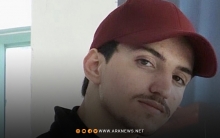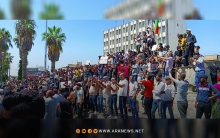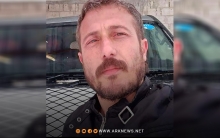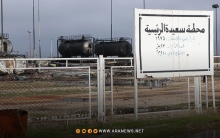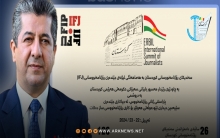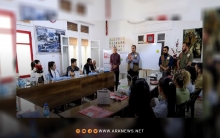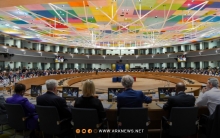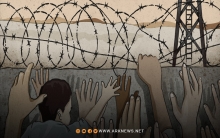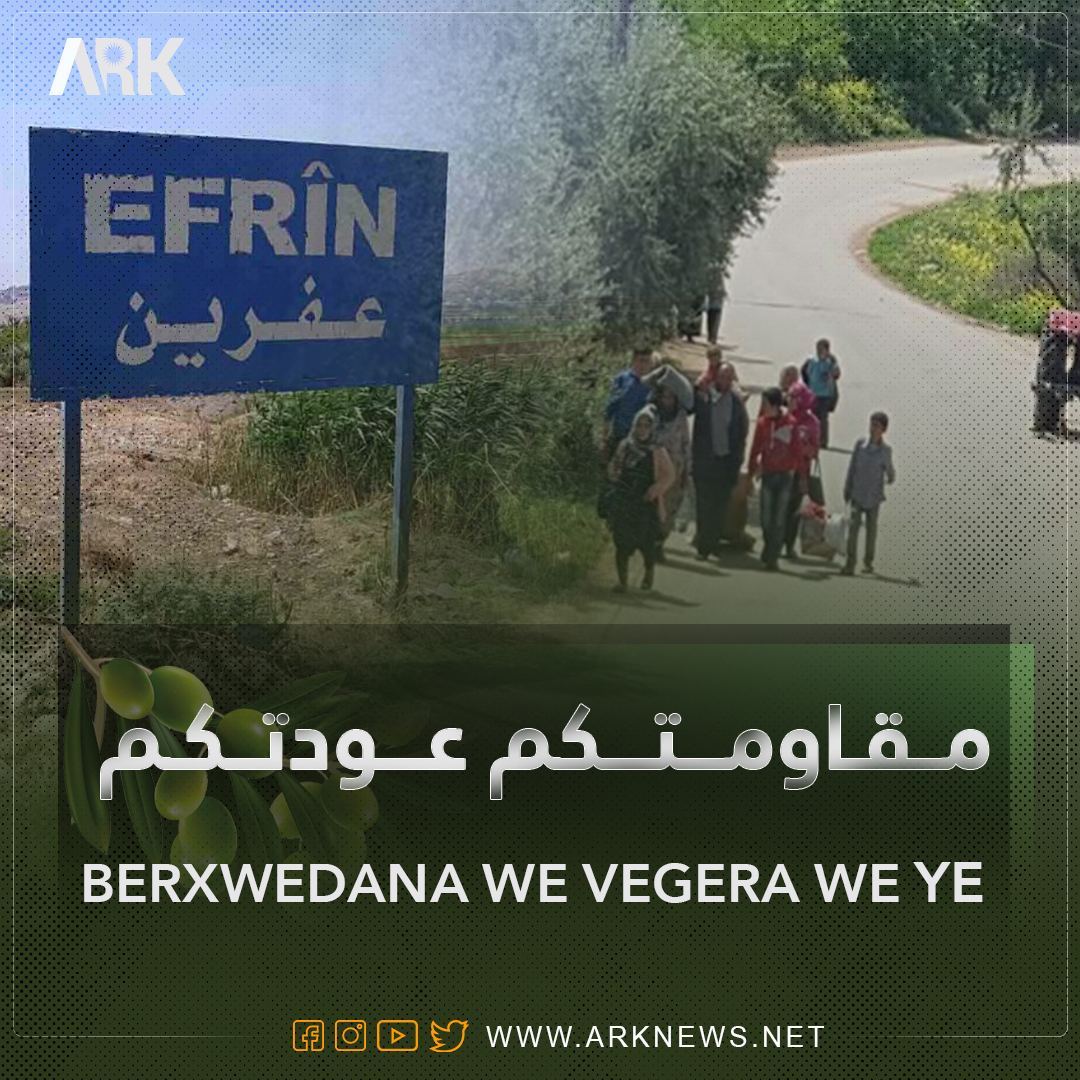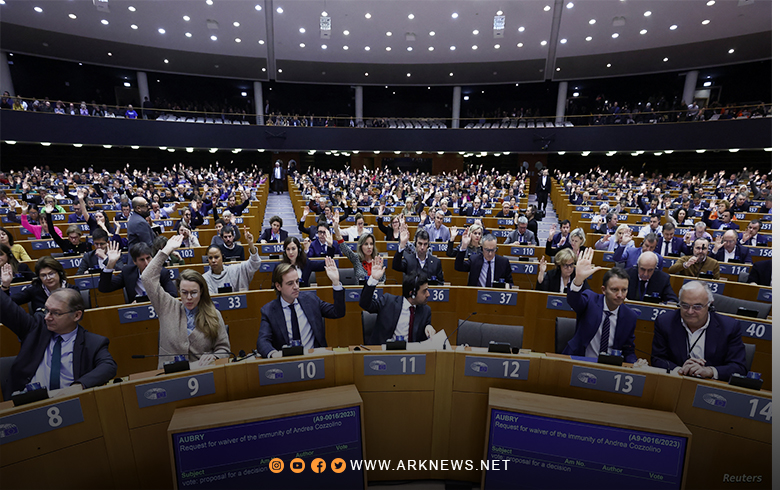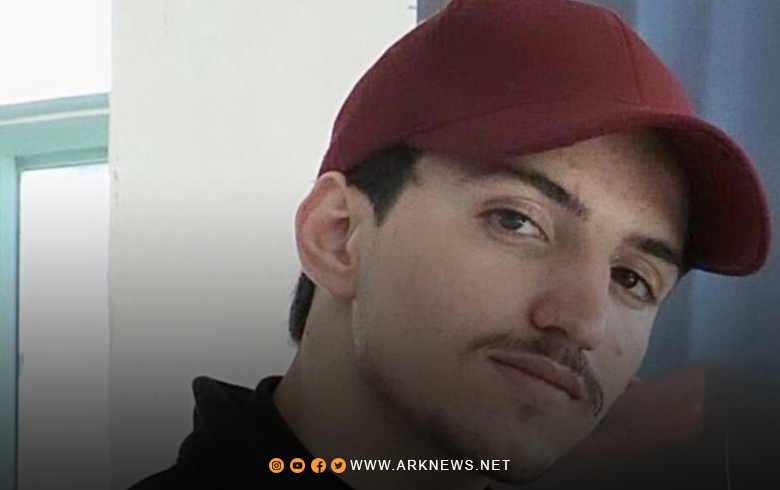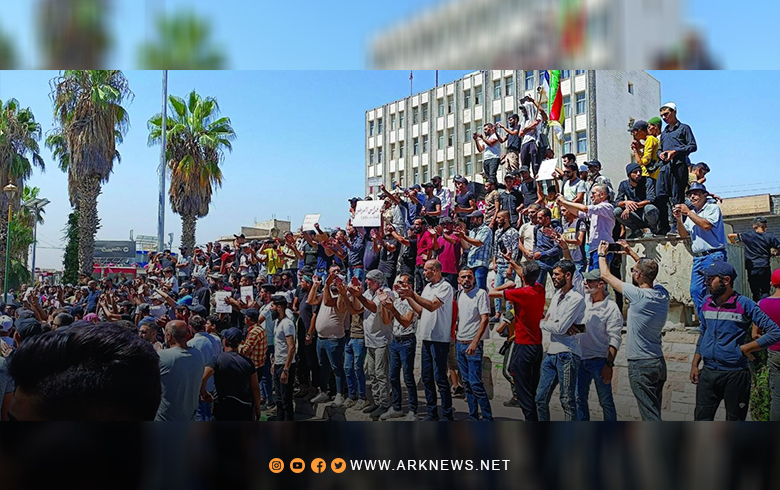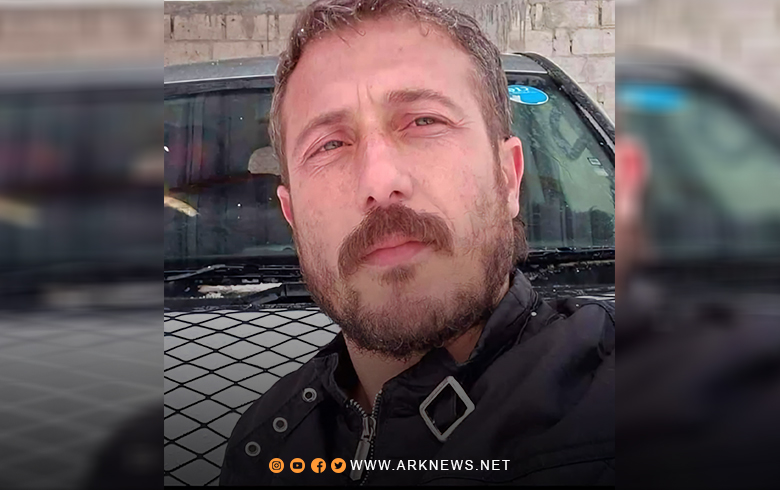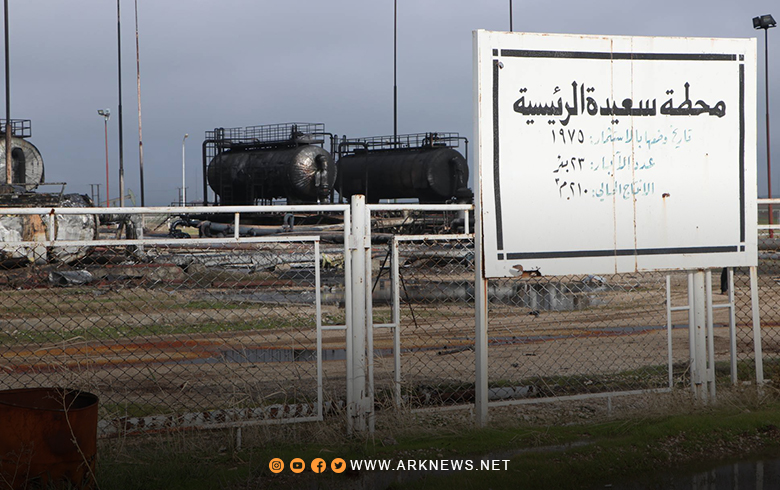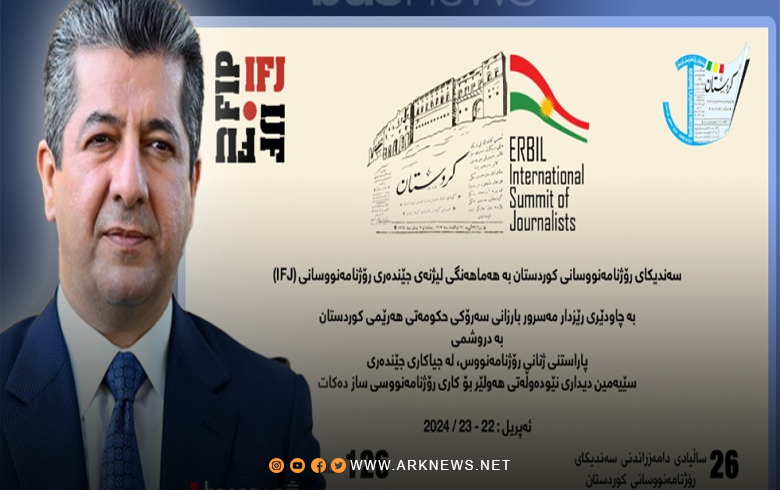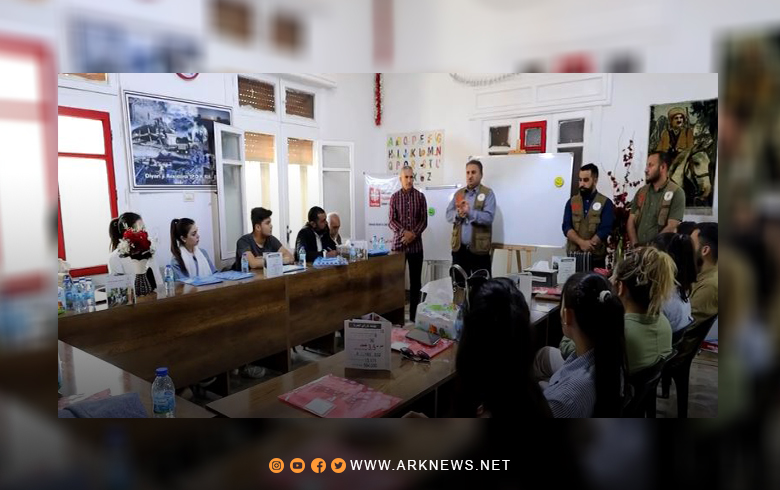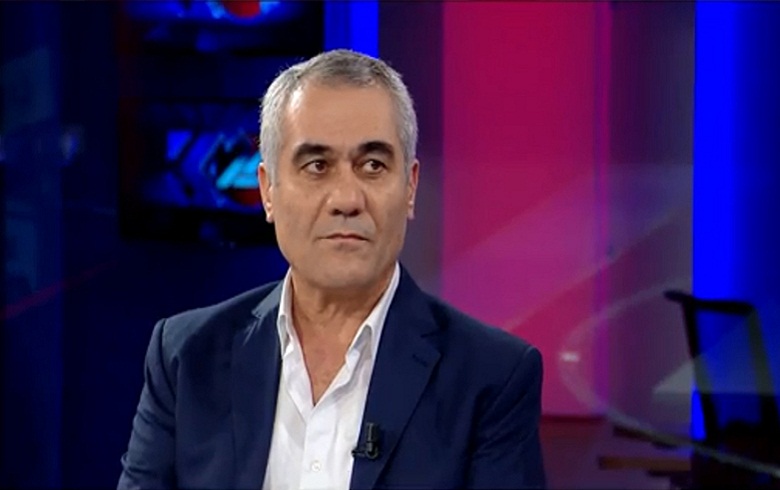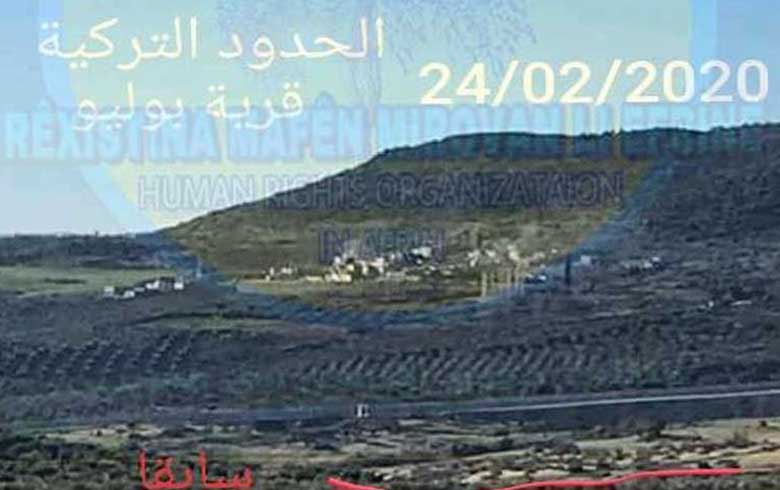
Afrin ... Turkey draws the borders accurately with the cement wall
ARK News: A Human Rights Organization working to document violations in the Kurdish region of Afrin reported on its main page of Facebook, today Wednesday, 26.02.2020 that the Syrian-Turkish border started to witness a period of increasing relaxation and weakness due to the Syrian regime's loss of control over the northern border outlets and handing them over to the PYD under agreements concluded between them and their representation as a de-facto authority for reasons related to the launch of the Syrian people's revolution against the Syrian regime in exchange for the exclusion of the Kurdish people from participation the revolution and the elimination of the national feeling of the Kurds, along with the asylum movement and the move of citizens towards Turkish lands to escape the fierce battles launched by the Syrian regime forces and its allies and bringing of Shiite organizations and militias to the battlefield, thus, the Turkish government has taken advantage of as conditions for biting land (Kurdish-Syrian) and bring them under the control and domination of its forces.
The Human Rights Organization in Afrin said that the Turkish government started its expansion project since late 2016 by removing the barbed wire from the borders, replacing it with the cement wall and deducting the Syrian lands, including forbidden land planted with mines, with a distance of 50-250 meters, as well as, the Turkish government uprooted olive trees from the lands belonging to the Kurdish peasants in order to make it a ban area and prevent them from plowing them, pruning vineyards and harvesting their agricultural crops, this is what called on the people of the villages of Ali Jara and Kurdo of Bulbul town to protest in front of the Turkish military headquarters on 20.02.2020 and their objection to the Turkish illegal measures.
The organization added that the administrative boundaries of the Afrin region start from the village of Yazi Baghe in Shara township and end in the villages of Hammam and Derbalute of Jenderes township, through the administrative border lands of the towns of (Bulbul-Rajo-Shiye).
The organization also added that although the construction of the separation fence project was halted for a limited period, it started again according to an engineering hierarchy (continuity of work on several fronts) due to the fact that the project is considered late in completion and the necessity of its implementation as quickly as possible in several points, namely:
1 - The First Project: Building a wall near the village of Yazi Baghe, passing through the village of Dikmadashe, which had gnawed from its lands at the foot of the mountain overlooking the village, up to approximately 250m passing through the Arab Juma farm, consisting of several houses, and ending in the village of Iki Damme from its northeastern side.
2 - The Second Project: Building the separation wall, starting from the village of Balya of Bulbul township, after biting a distance of approximately 50 - 100 meters from its lands, to the village of Shingelle, through the village of Za’re, Beke and Paneraka, and in particular, biting about 350 meters from the foot of the mountain of Bulbul (Gir ) up to the spring located on the foot, so that it overlooks the town center and ends with access to the Sheikh Hamiz shrine in the village of Za’re.
3 - The third project: The construction of the separation wall near the village of Qara Baba, and the completion of the nearby plain on the Black River, along the river.
The above-mentioned projects are implemented by Turkish contractors using engineering precision technical devices for delineating the GPS boundaries and linking them directly with the central station in the state of Entebbe to define the boundaries with very high precision with an error rate not exceeding 1 meter.
Noting that the previous points of mark, which were small cement blocks or an iron pyramid in a hierarchical manner, which is called in the Kurdish language “kêl”, have now completely disappeared and have been replaced by the cement wall.
309


